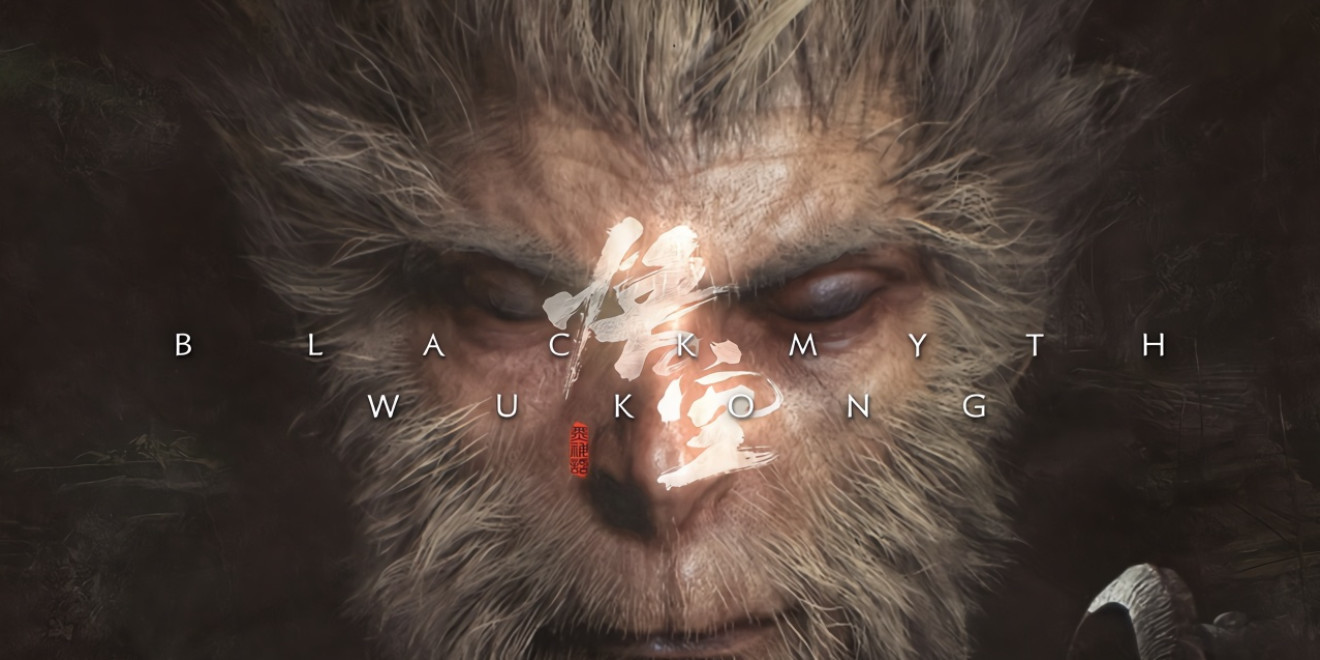Discovering Fujian elements in Black Myth: Wukong
 Black Myth: Wukong is hailed as China's first Triple-A online gaming masterpiece. [Photo/baike.baidu.com]
Black Myth: Wukong is hailed as China's first Triple-A online gaming masterpiece. [Photo/baike.baidu.com]
Black Myth: Wukong, the much-anticipated video game based on the ancient Chinese literary classic has officially launched, immersing players worldwide in a captivating and imaginative world of Chinese mythology.
The game incorporates numerous elements from East China's Fujian province.
 The East and West pagodas of the Kaiyuan Temple in Quanzhou. [Photo provided to gofujian.com]
The East and West pagodas of the Kaiyuan Temple in Quanzhou. [Photo provided to gofujian.com]
A standout feature of the game lies in its meticulous reproduction of ancient Chinese architecture. Notably, the design of the towering structure in the Black Bear Guai scene draws direct inspiration from the ancient East and West pagodas of the Kaiyuan Temple in Quanzhou, renowned symbols of the city and exemplary showcases of Song Dynasty (960-1279) architecture.
Furthermore, subtle references to Sun Wukong, the mythological Monkey King, are woven into the twin pagodas. According to records from the Kaiyuan Temple, the fourth floor of the West pagoda features relief carvings depicting Tang Seng and a figure resembling Sun Wukong.
In 1983, Japanese scholar Nakano Miyako proposed that Sun Wukong's image may have originated in Quanzhou, noting the striking similarities between the monkey-like figure here and Sun Wukong in Journey to the West – potentially marking it one of the earliest prototypes of the beloved character.




